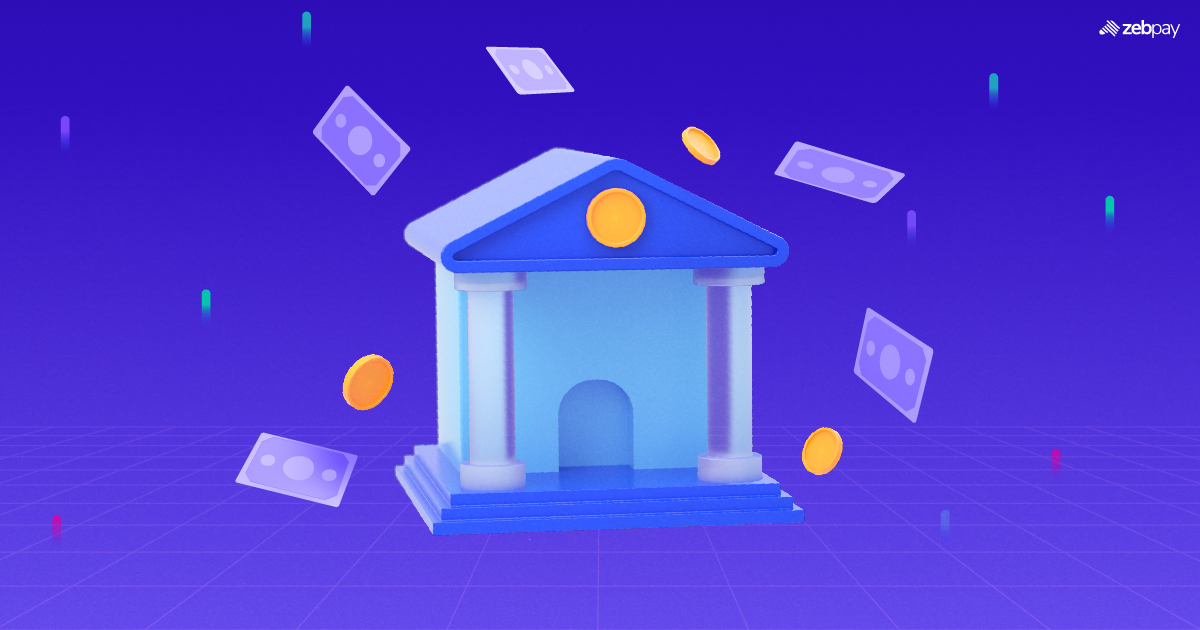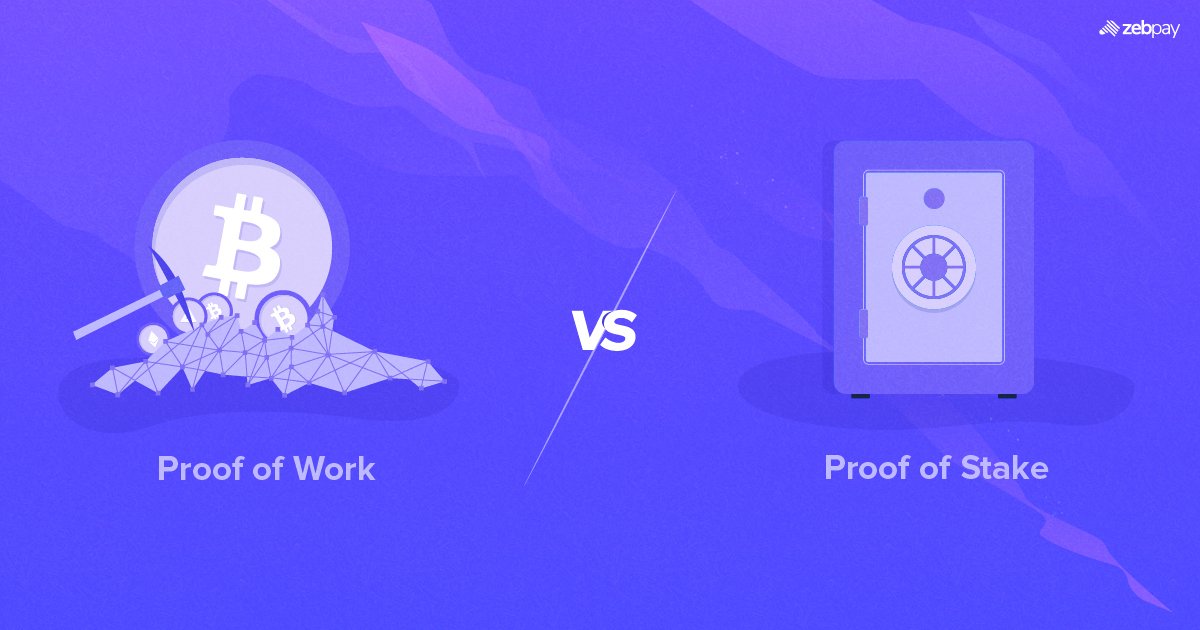Introduction:
The Federal Reserve, commonly referred to as the Fed, serves as the linchpin of the United States financial system. Among its crucial roles is the management of the nation’s interest rates, wielding influence over the cost of borrowing. Lowering interest rates makes borrowing more affordable, fostering economic fluidity by encouraging consumer spending and investment. Conversely, hiking interest rates dissuade borrowing, curtails the circulation of money within the economy, and aims to temper inflationary pressures.
The oscillations of asset prices, spanning stocks, bonds, and even cryptos, often dance in opposition to interest rate shifts. Conceptually, interest rates act as the bedrock for pricing assets. A surge in this foundational metric typically corresponds with a dip in asset values, and conversely. Hence, assets with high volatility, such as cryptos and non-fungible tokens (NFTs), are no strangers to this phenomenon.
From a behavioural vantage point, when interest rates dip, banks offer diminished returns on savings. Consequently, investors gravitate toward riskier ventures, like venture capital and crypto, in pursuit of higher yields. This surge in demand can fuel spikes in crypto valuations. Conversely, as interest rates ascend, the allure of safe-haven assets like bonds and savings accounts strengthens, siphoning investment away from risky territories such as cryptos, and potentially precipitating price downturns.
The reverberations of interest rate fluctuations are especially palpable within the realm of high-risk assets. Cryptos, characterised by their inherent volatility and nascent financial track record, exhibit heightened sensitivity to shifts in interest rate dynamics. This sensitivity is underscored by historical market behaviour, wherein plunging crypto values drain liquidity from decentralised finance (DeFi) platforms, rendering blockchain ecosystems eerily devoid of activity, akin to ghost towns.
The Relationship Dynamic
Bitcoin (BTC), holding the mantle as the foremost crypto by market capitalisation, has woven a complex narrative alongside the Federal Reserve’s interest rate manoeuvres. Though the correlation isn’t flawless, historical patterns draw a discernible outline. The ripple effect of interest rate adjustments on Bitcoin’s trajectory has reverberated across the broader crypto landscape, encompassing NFTs and DeFi platforms.
Circling back to 2018, during Janet Yellen’s tenure as Chair, the Fed embarked on a sequence of interest rate hikes, aiming to rein in burgeoning inflation anxieties. Coinciding with this period was Bitcoin’s tumultuous descent. From its top near $20,000 in December 2017, Bitcoin plummeted to around $3,200 by December 2018, marking an astounding depreciation exceeding 80%.
The descent of Bitcoin’s valuation mirrored the broader downturn across the crypto asset spectrum. While factors such as exchange breaches and regulatory ambiguities contributed, the prevailing climate of rising interest rates undeniably cast a long shadow over this crypto winter. Fast-forwarding to 2021, buoyed by the Fed’s deployment of ultra-low interest rates amidst the pandemic, Bitcoin surged to an unprecedented pinnacle, eclipsing $68,000 in November 2021. Enthusiastic voices clamoured for a $100,000 Bitcoin valuation, encapsulating a zeitgeist of exuberance.
Nevertheless, a shift in the Fed’s stance regarding interest rates and overarching monetary policy unfurled in late 2021. With inflation anxieties rekindling, the Fed signalled its intent to hike interest rates and diminish liquidity within the economy. This hawkish pivot acted as the catalyst for a substantial correction within the crypto domain in the ensuing months. By June 2022, Bitcoin had relinquished over 70% of its valuation, descending once more below the $20,000 threshold.
The Impact of it all
Reduced Risk Appetite among Investors: As noted earlier, the ascent of interest rates tends to elevate the allure of safe-haven assets such as bonds. Investors, in pursuit of stable returns, may shy away from the volatility inherent in cryptos, opting instead for the security of low-risk AAA-rated government bonds. These AAA-rated government bonds, issued by nations boasting the highest credit standings, promise steady returns with minimal default risk. This shift in investor sentiment towards safer havens can precipitate a decline in demand for cryptos, thereby exerting downward pressure on their prices.
Increased Opportunity Cost: The uptick in interest rates augments the attractiveness of holding cash or other interest-bearing assets, as their potential returns become more enticing. This escalation in opportunity cost weighs heavily on the appeal of risk-laden assets like equities, venture capital, and crypto.
Margin Calls and Leverage Strain: Leverage serves as a cornerstone of the crypto market, empowering investors to amplify potential gains through borrowed funds. However, the surge in interest rates inflates the cost of servicing these loans. In times of market downturn, investors may find themselves besieged by margin calls, compelling them to liquidate their crypto holdings to meet their obligations. This forced divestment can exacerbate downward price spirals. The ripple effects stemming from escalating interest rates, culminating in dwindling crypto valuations and mounting margin calls, precipitated a string of bankruptcies such as Celsius and FTX throughout 2022.
Conclusion
Moreover, Federal Reserve actions that potentially destabilise the conventional financial system could sow seeds of distrust in fiat currencies. This scenario might serve as a boon for crypto in the long run, as they are perceived by some as a viable alternative to government-backed currencies. Furthermore, certain cryptos could retain their status as inflation hedges, especially if rising interest rates coincide with persistent inflationary pressures. This holds particularly true for cryptos boasting a finite supply, heightening their appeal in environments characterised by inflation. These dynamics introduce layers of complexity, suggesting that while an uptick in Federal Reserve interest rates could exert a negative impact on crypto, the long-term relationship remains multifaceted.
Nonetheless, the Federal Reserve’s interest rate determinations are poised to remain a pivotal force in shaping the crypto market’s trajectory. While the immediate repercussions may appear adverse, a more stabilised interest rate landscape could nurture enduring growth within the industry. Only time will unfold the intricate dance between the Federal Reserve and the crypto realm. Nonetheless, comprehending this dynamic relationship is imperative for individuals contemplating entry into the realm of crypto.







